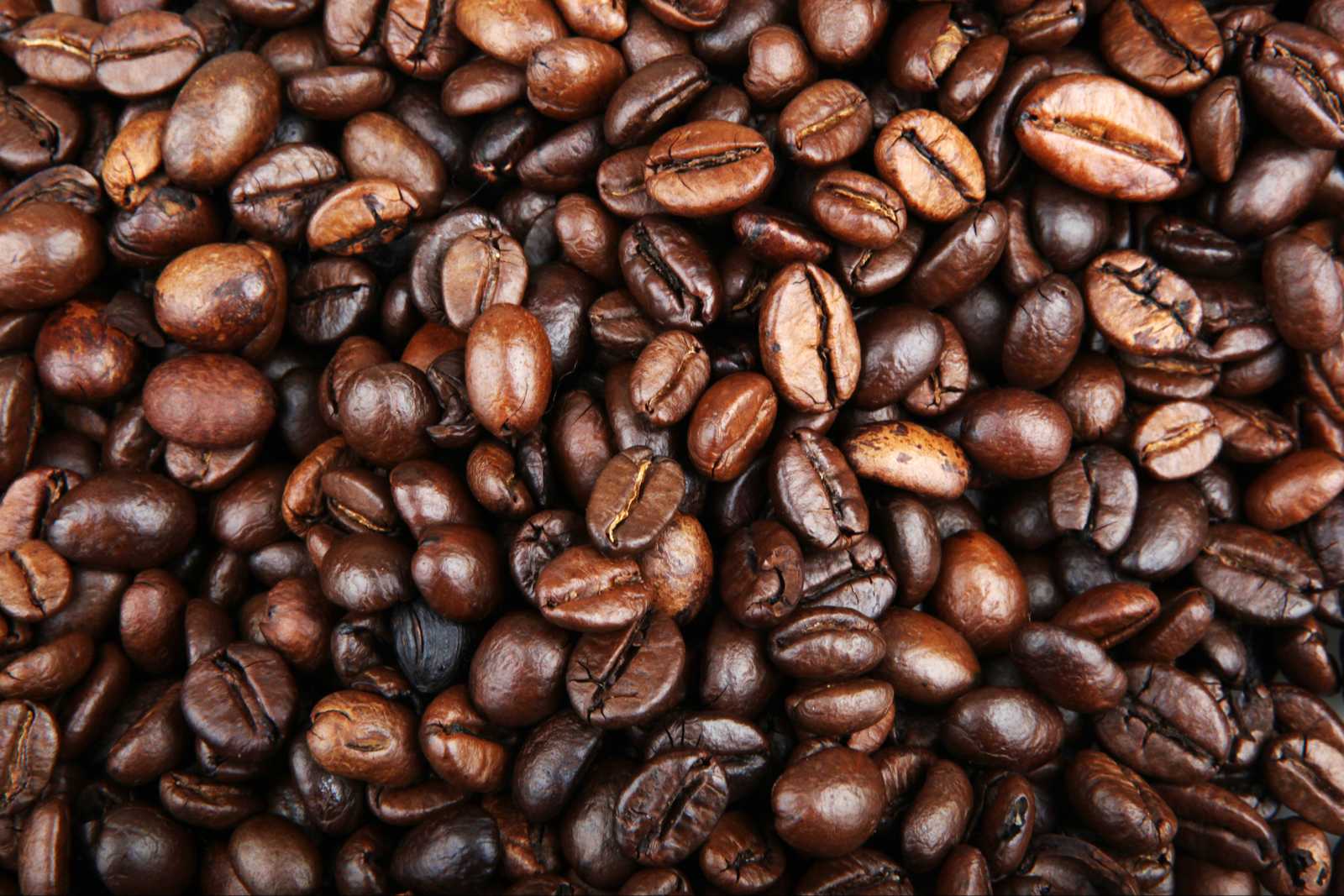Selecting the best coffee beans can make all the difference between an average cup of coffee and a truly exceptional one. With so many varieties, origins, and roasting styles available, it can be overwhelming to know where to start. Whether you're a seasoned coffee aficionado or a casual drinker looking to elevate your morning brew, understanding the key factors in choosing coffee beans will help you discover your perfect cup. This guide offers practical tips on selecting the best coffee beans to suit your taste preferences and brewing methods.
Understand Your Preferred Flavor Profile
The first step in selecting the best coffee beans is understanding your preferred flavor profile. Coffee beans come in a wide range of flavors, from fruity and bright to rich and chocolatey. Consider whether you enjoy a light, medium, or dark roast, as each offers a distinct taste experience. Light roasts tend to be more acidic and highlight the natural flavors of the beans, while medium roasts offer a balanced flavor with mild acidity. Dark roasts have a bold, robust flavor with lower acidity. By identifying your preferred flavor profile, you can narrow down your choices and select beans that match your taste.
Consider the Coffee’s Origin
The origin of the coffee beans plays a significant role in determining their flavor characteristics. Coffee-growing regions around the world, such as Central and South America, Africa, and Asia, each produce beans with unique flavor notes. For example, beans from Ethiopia often have fruity and floral notes, while Colombian beans are known for their smooth, balanced flavor with hints of chocolate and nuts. If you prefer a specific flavor profile, research the origins that are known for those characteristics. By understanding the connection between a coffee’s origin and its flavor, you can choose beans that align with your taste preferences.
Pay Attention to the Roast Date
Freshness is key when it comes to coffee beans, and one of the best indicators of freshness is the roast date. Coffee beans are at their peak flavor within a few weeks of being roasted, so it’s important to choose beans that have been roasted recently. Look for the roast date on the packaging and aim to purchase beans that were roasted within the past two to three weeks. Avoid buying beans that don’t have a visible roast date, as they may have been sitting on the shelf for too long. By prioritizing freshness, you can ensure that your coffee beans deliver the best possible flavor.
Choose the Right Roast Level
The roast level of coffee beans significantly influences the flavor, aroma, and strength of your coffee. As mentioned earlier, light roasts preserve the bean's natural flavors and acidity, making them ideal for those who enjoy a bright, crisp cup of coffee. Medium roasts offer a balance between acidity and body, with a more pronounced flavor that is still smooth and approachable. Dark roasts have a bold, smoky flavor with low acidity, making them perfect for those who prefer a strong, full-bodied cup. Consider your brewing method and personal taste when selecting the roast level to achieve the desired flavor in your coffee.

Opt for Whole Beans Over Pre-Ground
For the best flavor and aroma, it’s recommended to choose whole coffee beans over pre-ground coffee. Grinding your beans just before brewing ensures that the essential oils and aromas are preserved, resulting in a fresher and more flavorful cup of coffee. Pre-ground coffee, on the other hand, loses its freshness quickly after grinding, leading to a less vibrant flavor. Investing in a good quality coffee grinder allows you to control the grind size, which is crucial for different brewing methods. By opting for whole beans, you can enjoy a more personalized and superior coffee experience.
Consider the Processing Method
The processing method used to prepare coffee beans after they are harvested can also impact the flavor of the coffee. There are three main processing methods: washed, natural, and honey. Washed or wet-processed beans are known for their clean, bright flavors, as the fruit is removed before drying. Natural or dry-processed beans are dried with the fruit still on, resulting in a sweeter, more fruity flavor. Honey-processed beans are a middle ground, offering a balance of sweetness and clarity. Understanding the different processing methods can help you choose beans that suit your flavor preferences and brewing style.
Experiment with Single-Origin and Blends
When selecting coffee beans, you’ll come across both single-origin beans and blends. Single-origin coffee comes from a specific region or farm, offering a unique flavor profile that reflects the terroir of that area. These beans are ideal for those who want to explore distinct flavors and appreciate the nuances of different coffee-growing regions. Blends, on the other hand, are a combination of beans from different origins, designed to create a balanced and consistent flavor. Blends are often used for espresso, as they provide a harmonious flavor that works well in various brewing methods. Experimenting with both single-origin beans and blends can help you discover your preferred coffee style.
Understand the Importance of Ethical Sourcing
Ethical sourcing is an important consideration when choosing coffee beans. Many consumers are becoming more aware of the impact of their purchases on the environment and the communities that produce their coffee. Look for certifications such as Fair Trade, Rainforest Alliance, or Direct Trade, which indicate that the coffee has been sourced responsibly and that the farmers are paid fairly. Ethical sourcing not only supports sustainable farming practices but also ensures that the coffee you’re drinking is of high quality. By choosing ethically sourced beans, you can enjoy your coffee with the knowledge that it was produced in a socially and environmentally responsible way.
Match the Beans to Your Brewing Method
Different brewing methods require different grind sizes and bean characteristics to achieve the best results. For example, espresso requires a fine grind and works well with darker roasts that can stand up to the intense extraction process. Pour-over methods, like Chemex or V60, benefit from a medium grind and light to medium roasts that highlight the bean’s acidity and flavor complexity. French press brewing requires a coarse grind and is well-suited to medium or dark roasts for a rich, full-bodied cup. Matching the beans to your preferred brewing method ensures that you get the most out of your coffee, with a flavor profile that complements the brewing process.
Don’t Be Afraid to Try New Varieties
The world of coffee is vast and varied, with countless bean varieties, origins, and roast profiles to explore. Don’t be afraid to step out of your comfort zone and try new types of coffee beans. Whether it’s a single-origin Ethiopian coffee with bright, fruity notes or a dark roast blend from Central America, experimenting with different beans can help you expand your palate and discover new favorites. Many specialty coffee shops offer sample packs or smaller bags of coffee, making it easy to try new varieties without committing to a large purchase. By embracing variety, you can continuously refine your coffee preferences and enjoy a richer, more diverse coffee experience.
Selecting the best coffee beans is a personal journey that involves understanding your flavor preferences, considering the origin and roast level, and matching the beans to your brewing method. By prioritizing freshness, ethical sourcing, and experimenting with different varieties, you can elevate your coffee experience and enjoy a perfect cup every time. Whether you’re a casual coffee drinker or a dedicated connoisseur, these tips will help you navigate the vast world of coffee beans and find the ones that best suit your taste and lifestyle.





